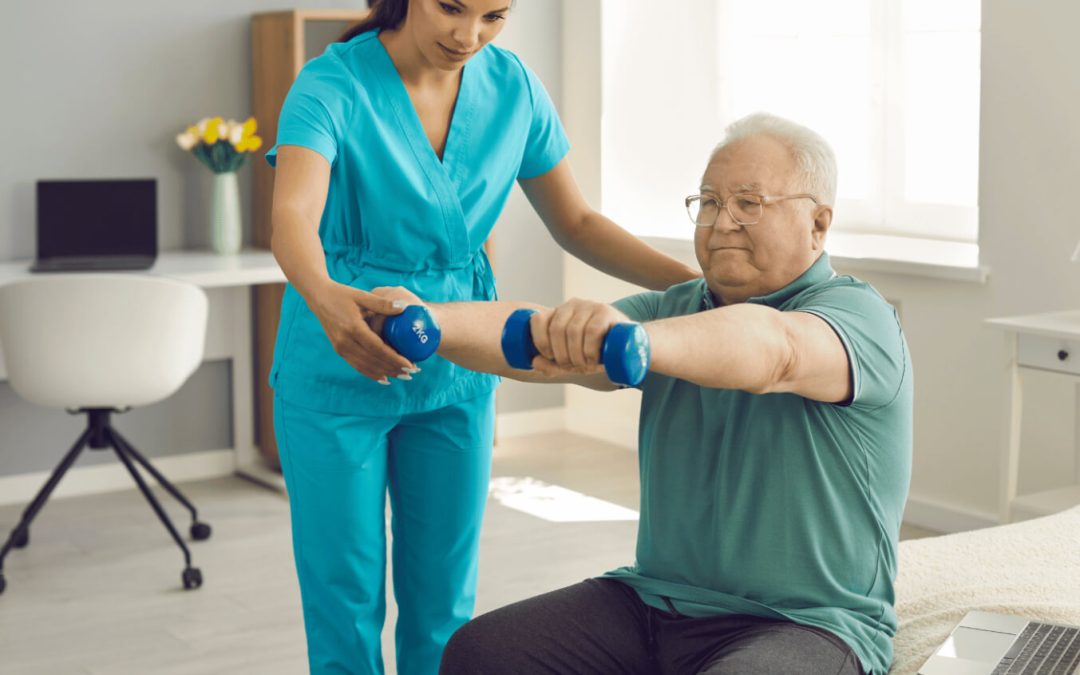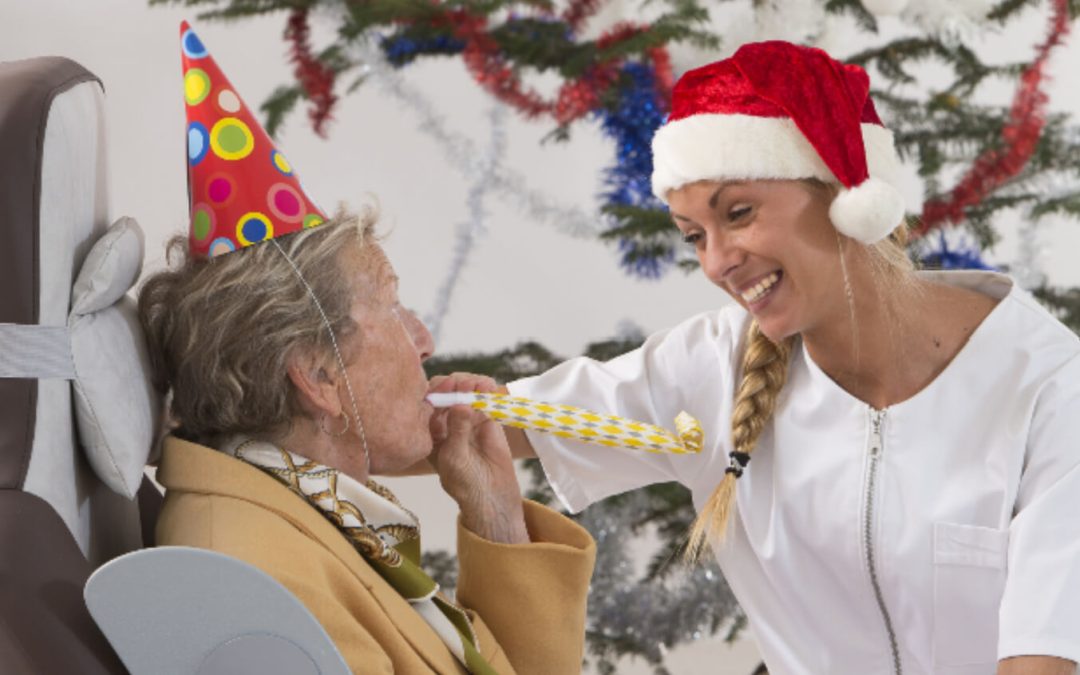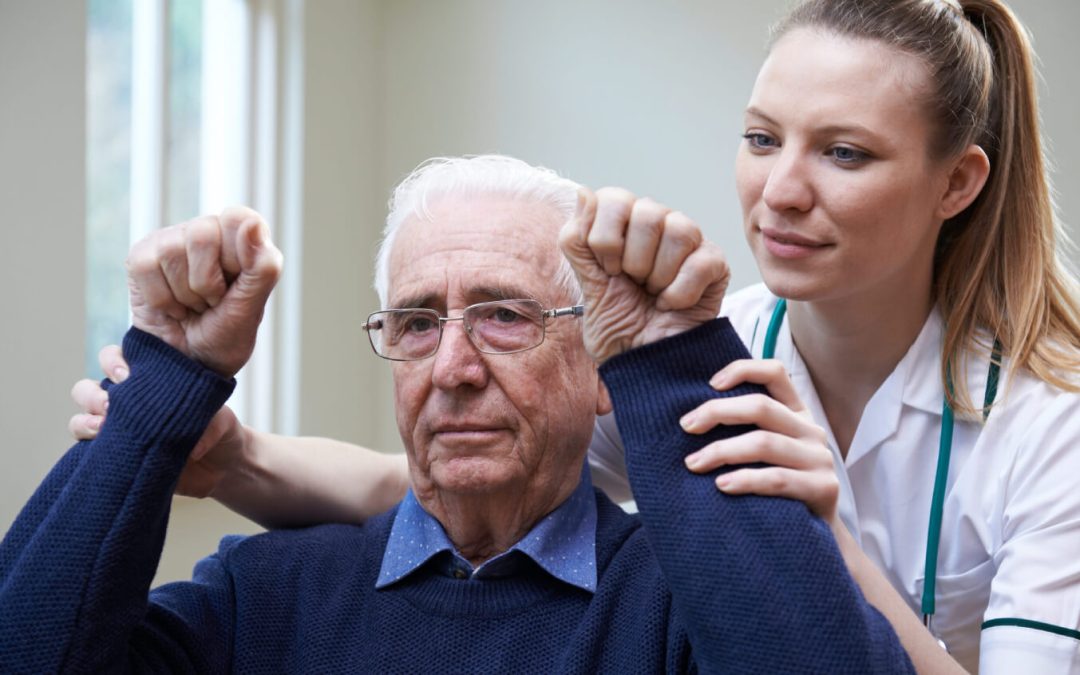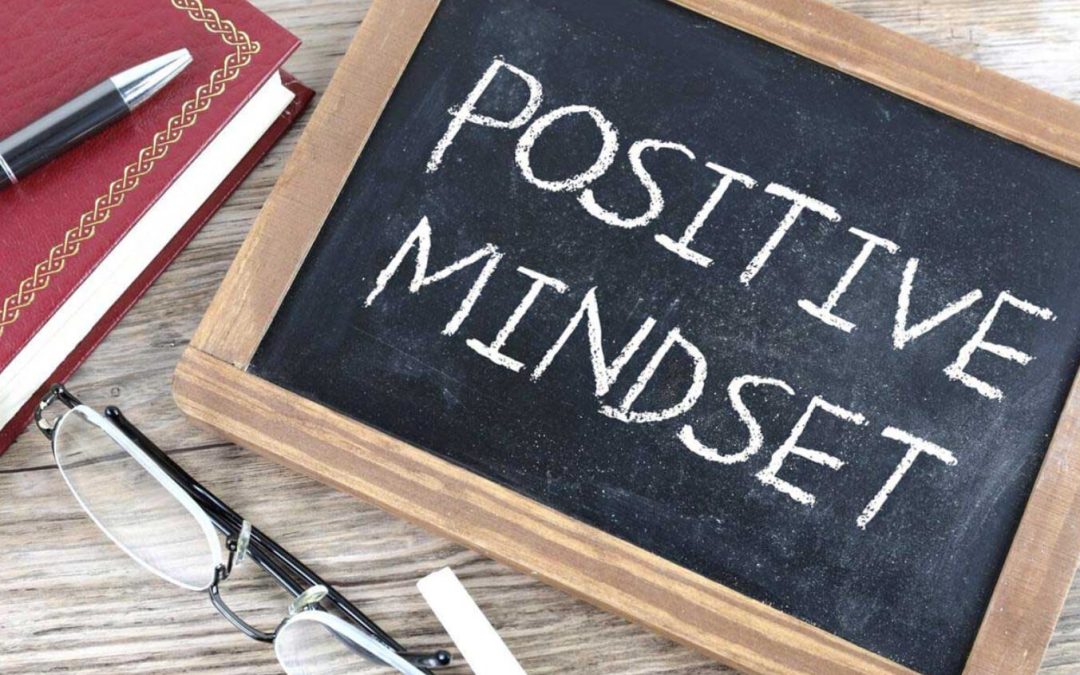When a patient comes to Moody, often they ask our doctor or therapists a question such as “How long until I am able to...

Leveraging a portfolio of advanced treatment technologies and equipment to help patients regain independence and an enhanced quality of life.

When a patient comes to Moody, often they ask our doctor or therapists a question such as “How long until I am able to...

On this Martin Luther King Jr. Day, we remember all the many ways that Dr. King helped raise people up who were...

We each tend to be our own harshest critic. There is nothing that someone can say that would be meaner or nastier than...

A non-traumatic brain injury (nTBI) refers to brain damage caused by factors other than external trauma. These causes...

For humans, few afflictions are as complex and concerning as traumatic brain injuries (TBIs). A TBI is defined by the...

When you hit your head, fall or get tackled to the ground, your brain can bounce and move against the skull’s bony...

The holidays are about spending time with those closest to you. However, when you're recovering from a traumatic brain...

According to the Centers for Disease Control (CDC), almost 800,000 people have strokes every year in the U.S. Someone...

Depression and low mood are common symptoms after a brain injury. Some of this may be due to neurochemical changes in...

Early June brings hurricane season to Texas, and with that comes a fresh reminder of the need to plan for emergencies....